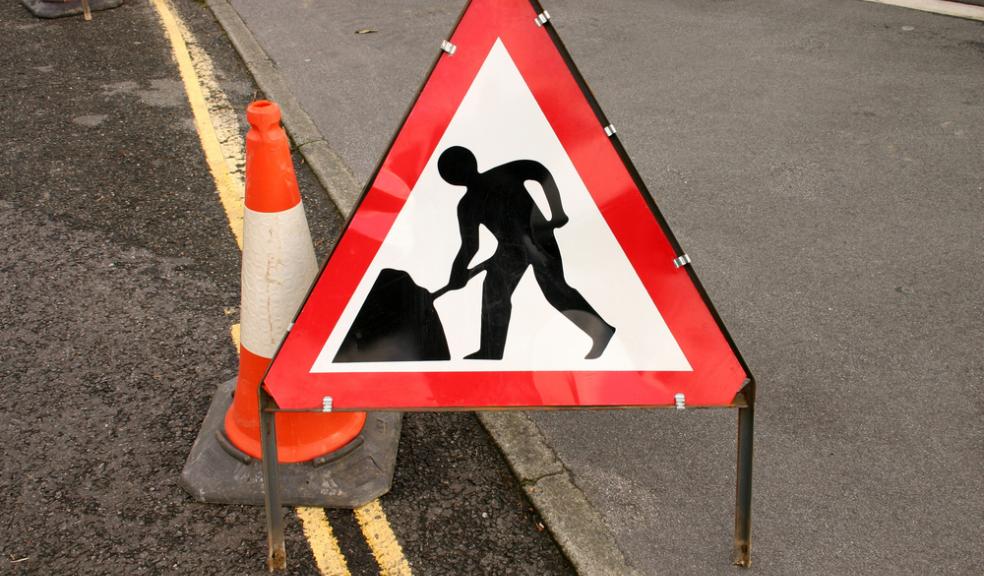
Motorists urged to drive safely through roadworks to cut death and injury toll
The Highways Agency is urging drivers to take extra care and obey speed limits at roadworks in Devon and Cornwall, to prevent deaths and injuries among both road users and road workers.
In the last three years, eight road workers have been killed while improving and maintaining the strategic road network in England. In addition there are many near misses, with members of the public driving through coned off areas or colliding with works vehicles.
During a major operation to recover an overturned petrol tanker on the A38 at Tideford, near Saltash, a number of motorists got out of their vehicles to remove cones and temporary mandatory signs and drive through the closed section of road, putting roadworkers and emergency services staff – as well as themselves - at risk.
Drivers have also been seen driving through the A38 Glynn Valley when the road is closed for essential maintenance work, and passing the mandatory ‘road closed’ signs.
The Government is investing additional funding in road improvements across the country to reduce congestion, boost growth, and improve safety. Over the next two years this will mean more roadworks as we deliver these improvements.
There are up to 50 road workers working on live carriageways on the A30 and A38 trunk roads in Devon and Cornwall on an average day, as well as traffic officers and other road operatives, often just a very short distance from traffic travelling at high speed.
Roads Minister Stephen Hammond said: “It is absolutely essential that all road users play their part when driving through roadworks, and keep within the signed speed limit. Those few seconds you might save by travelling too fast could cost lives.”
Alexis Field, for the Highways Agency, said: “Road workers do a difficult and dangerous job carrying out vital work to keep our roads safe and well-maintained. But they face danger every day while working close to fast moving traffic, in all weather conditions, and often at night.
“Speed limits, cones and narrow lanes are there to keep road users safe, as well as provide a safe area for workers – often enabling us to keep roads open while essential work takes place. These measures smooth out the flow of traffic, give drivers more warning of hazards and reduce the risk of collisions involving road users and workers.”
To reduce the risk of incidents, drivers approaching roadworks are asked to:
• Keep within the speed limit - it is there for your safety.
• Get into the correct lane in good time - don't keep switching lanes.
• Concentrate on the road ahead, not the roadworks.
• Be alert for works traffic leaving or entering roadworks.
• Keep a safe distance - there could be queues in front.
• Observe and comply with all signs - they are there to help you.
• And be alert for road workers, the roads are their workplace.











